Forests, Free Full-Text
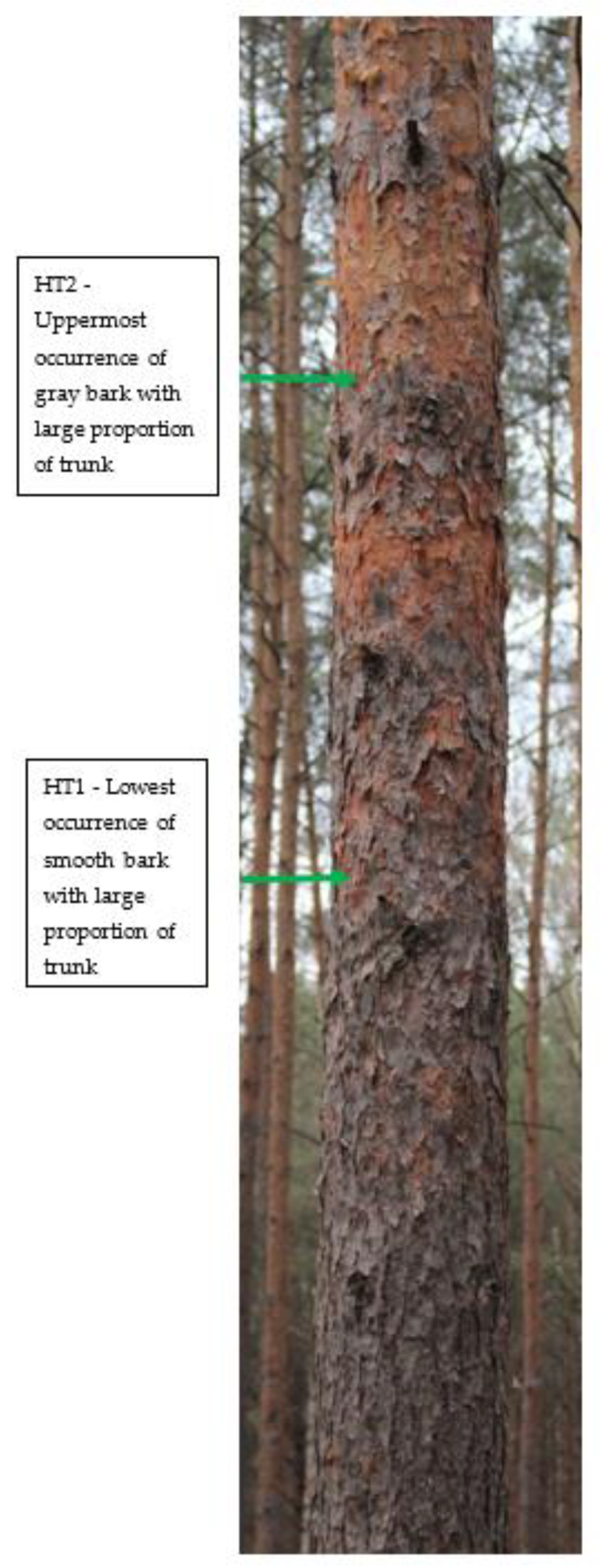
The estimation of forest biomass is gaining interest not only for calculating harvesting volumes but also for carbon storage estimation. However, bark (and carbon) compounds are not distributed equally along the stem. Particularly when looking at Scots pine, a radical change in the structure of the bark along the stem can be noted. At the bark transition area, the bark changes from thick and rough to thin and smooth. The aim of our study was (1) to analyze the height of the bark transition area where the bark structure changes and (2) to analyze the effect of cardinal direction on the bark thickness. Regression analyses and forward selection were performed including measured tree height, DBH, bark thickness, crown base height and upper and lower heights of the bark transition areas of 375 trees. While the cardinal direction had no effect on bark thickness, DBH was found to have a significant effect on the heights of the bark transition areas, with stand density and tree height having a minor additional effect. These variables can be used to estimate timber volume (without bark) with higher accuracy and to predict the carbon storage potential of forest biomass according to different tree compartments and compounds.

Forest - Wikipedia

AI can catalogue a forest's inhabitants simply by listening

Frontiers Wood density is related to aboveground biomass and productivity along a successional gradient in upper Andean tropical forests, club nacional jose maria paz x ca regional
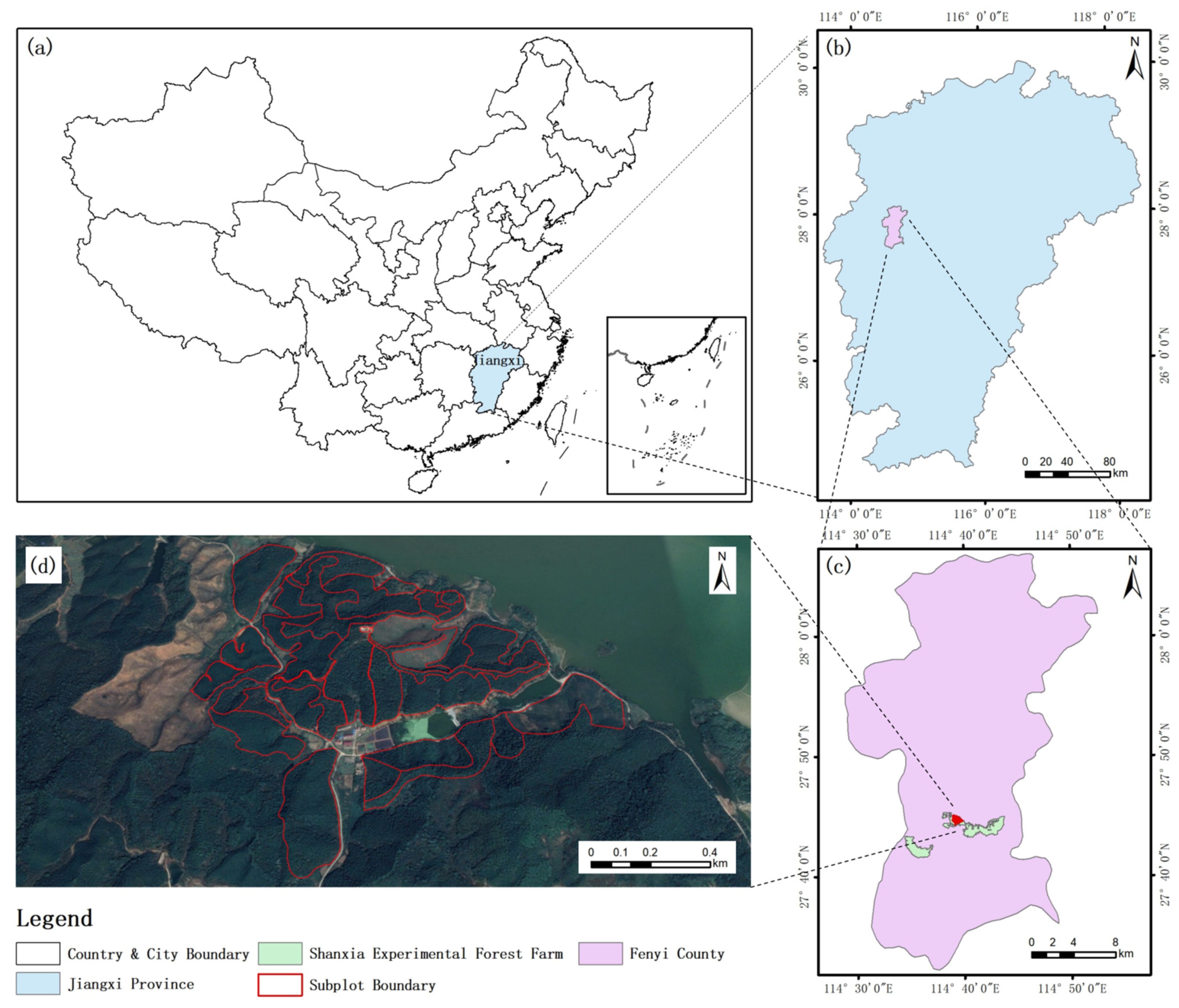
Forests, Free Full-Text

Forests, Free Full-Text, mdpope 1-3
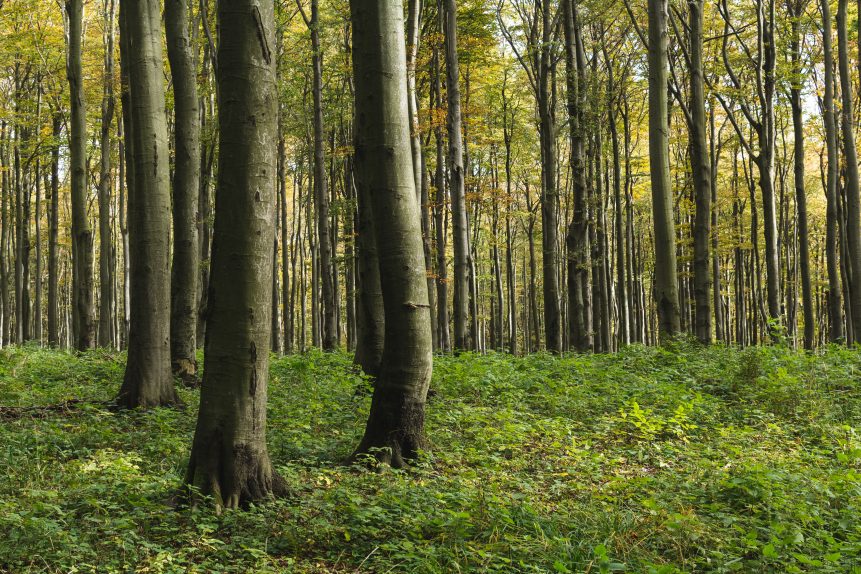
Trees in the Forest, Copyright-free photo (by M. Vorel)
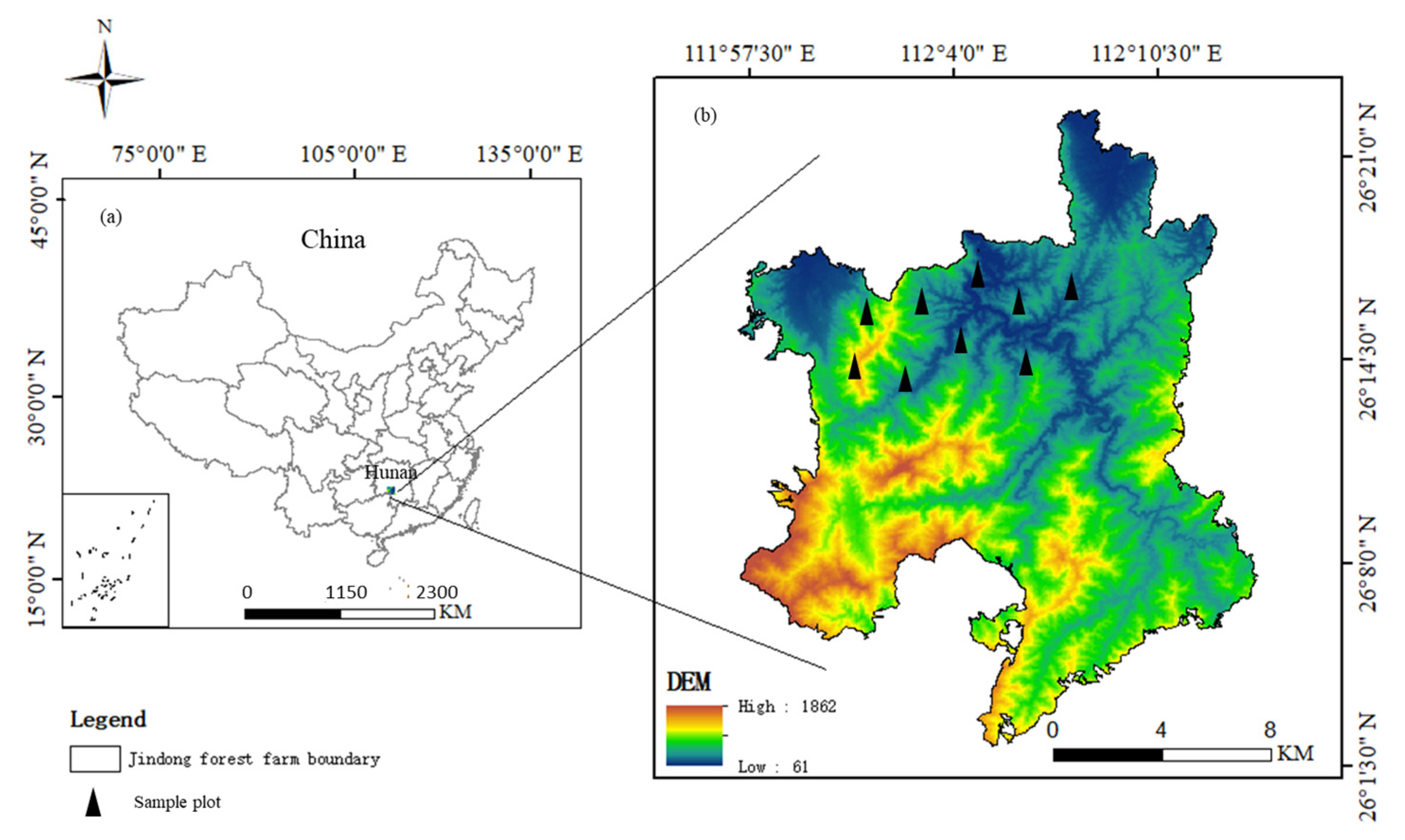
Forests, Free Full-Text
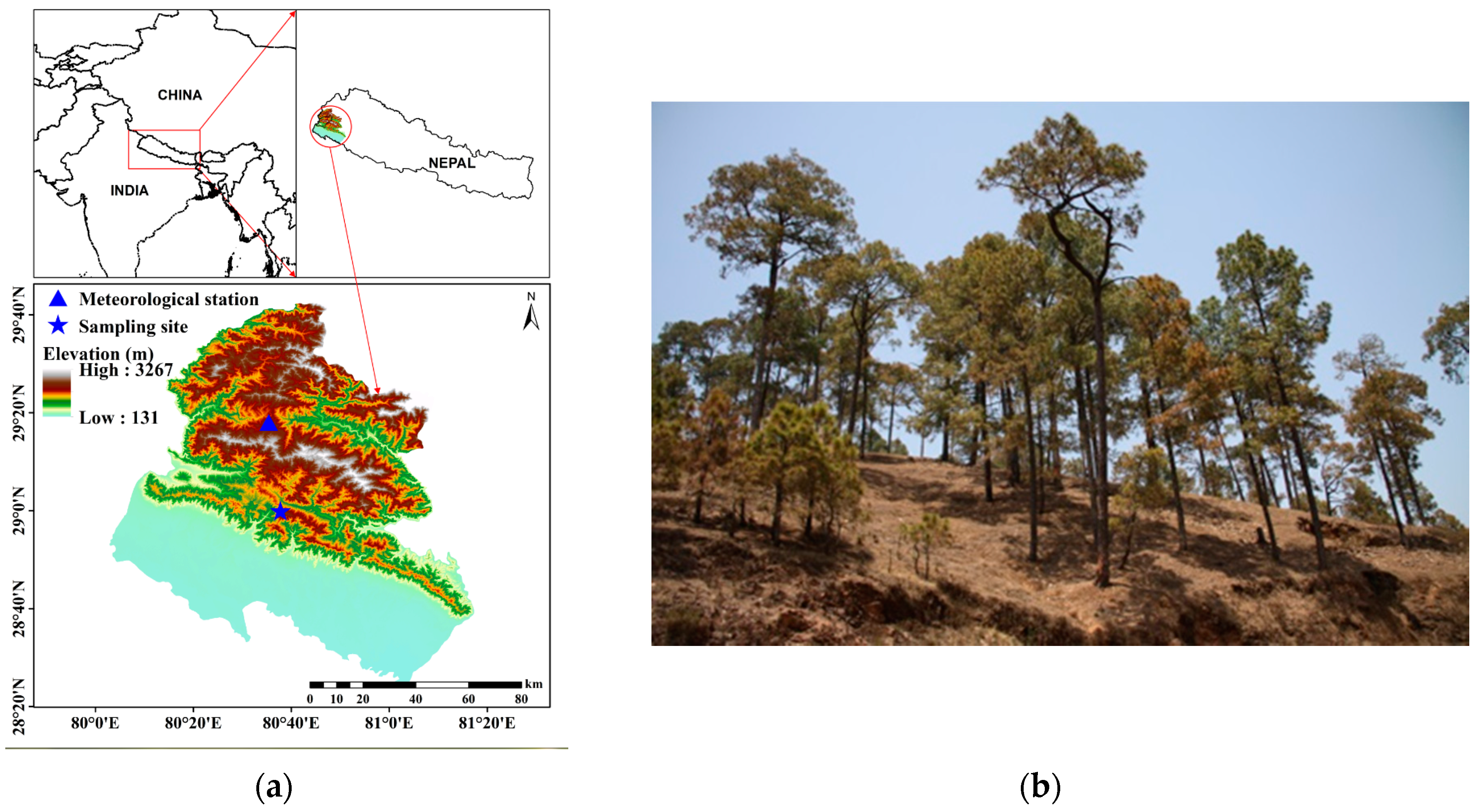
Forest Conservation through Efficient Cook Stoves in the Himalayas, Cooking Stove
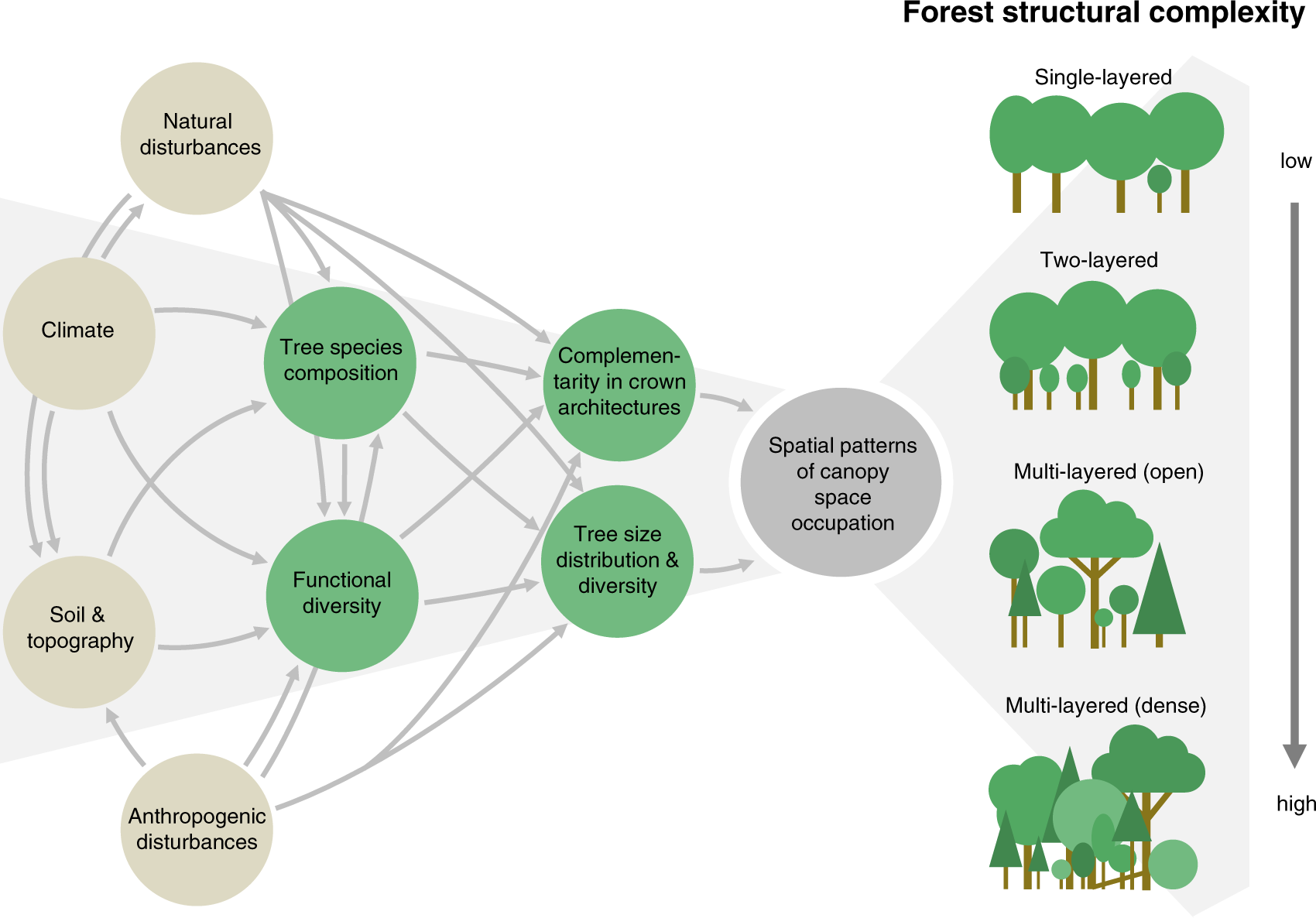
Forests, Free Full-Text, jack smith friv